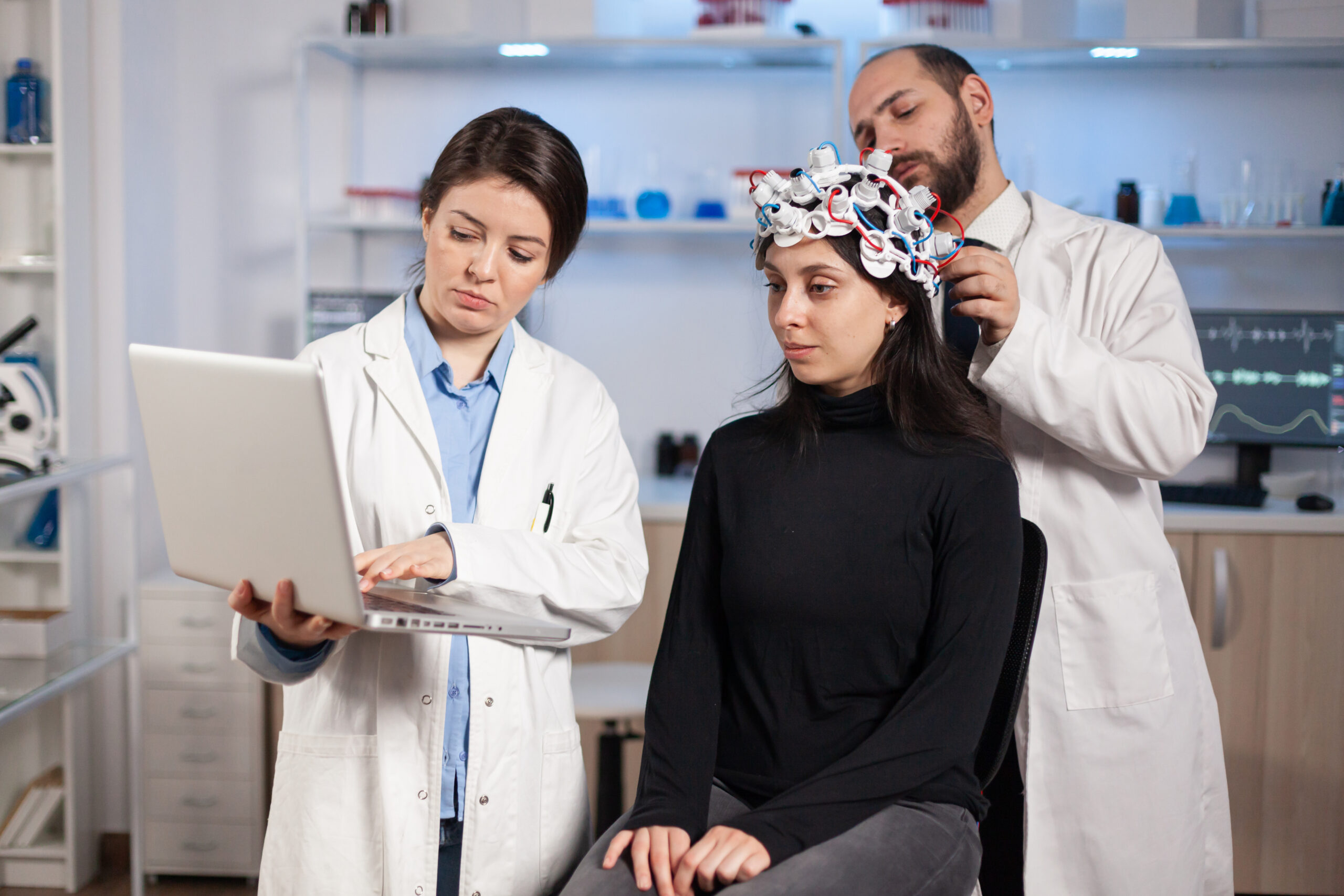In the rapidly evolving landscape of healthcare, innovative treatments are continuously emerging to address a wide range of medical conditions. One such groundbreaking approach is neurostimulation treatment, a therapeutic technique that holds great promise for improving the lives of individuals suffering from various neurological and psychiatric disorders. This article delves into the world of neurostimulation, its applications, and its potential to revolutionize the way we treat and manage neurological conditions.
Understanding Neurostimulation
Neurostimulation is a medical intervention that involves the application of electrical or magnetic impulses to specific nerves or brain regions to modulate their activity. This technique aims to influence the nervous system’s function and behavior, offering new avenues for treating a multitude of disorders. Neurostimulation can be categorized into several forms, each tailored to address particular medical conditions:
- Transcranial Magnetic Stimulation (TMS): TMS involves the use of magnetic fields to stimulate specific regions of the brain. It is most commonly employed in the treatment of depression, anxiety, and certain pain disorders. TMS sessions are non-invasive and typically well-tolerated.
- Deep Brain Stimulation (DBS): DBS is a surgical procedure that involves implanting electrodes deep within the brain. These electrodes deliver electrical impulses to targeted brain structures, providing relief from conditions such as Parkinson’s disease, epilepsy, and obsessive-compulsive disorder (OCD).
- Spinal Cord Stimulation (SCS): SCS is used to manage chronic pain conditions. It involves implanting electrodes along the spinal cord to disrupt pain signals, offering relief to individuals suffering from conditions like neuropathy and failed back surgery syndrome.
- Vagus Nerve Stimulation (VNS): VNS utilizes an implanted device that delivers electrical stimulation to the vagus nerve in the neck. It has proven effective in treating epilepsy and depression when other treatments have failed.
Applications of Neurostimulation
Neurostimulation treatments have shown remarkable efficacy across various medical conditions, offering hope to patients who have exhausted conventional treatment options. Some key applications include:
- Mental Health Disorders: Neurostimulation, particularly TMS and VNS, has demonstrated significant benefits in the treatment of depression, anxiety, and bipolar disorder. These therapies can improve mood and reduce symptoms in individuals who have not responded to medication or psychotherapy.
- Movement Disorders: DBS has emerged as a game-changer for individuals with Parkinson’s disease and essential tremor. By regulating abnormal brain activity, it can significantly reduce tremors and improve motor control.
- Chronic Pain Management: SCS has become a lifeline for those living with chronic pain conditions, such as neuropathy, complex regional pain syndrome (CRPS), and spinal cord injuries. It offers pain relief and enhances patients’ quality of life.
- Epilepsy: For individuals with drug-resistant epilepsy, VNS and DBS are viable options to reduce the frequency and severity of seizures.
Challenges and Future Directions
While neurostimulation treatments offer hope and relief to many, challenges persist. These include the high cost of implantable devices, potential side effects, and the need for skilled medical professionals to perform these procedures. As technology advances and research continues, it is hoped that these challenges will be addressed, making neurostimulation more accessible and safe.
In the coming years, neurostimulation is expected to play an increasingly significant role in healthcare. Researchers are exploring new applications for this technology, such as treating addiction, Alzheimer’s disease, and post-traumatic stress disorder. Additionally, innovations in device design and improved understanding of neurobiology will likely enhance the effectiveness of neurostimulation treatments.
Conclusion
Neurostimulation treatment represents a promising frontier in healthcare, offering renewed hope to individuals facing debilitating neurological and psychiatric conditions. As research and innovation continue to advance, we can anticipate further breakthroughs in the field of neurostimulation, ultimately improving the lives of countless patients worldwide. With continued investment in research and development, neurostimulation holds the potential to revolutionize the way we understand and treat disorders of the nervous system.
Image credit : Image by DCStudio on Freepik

